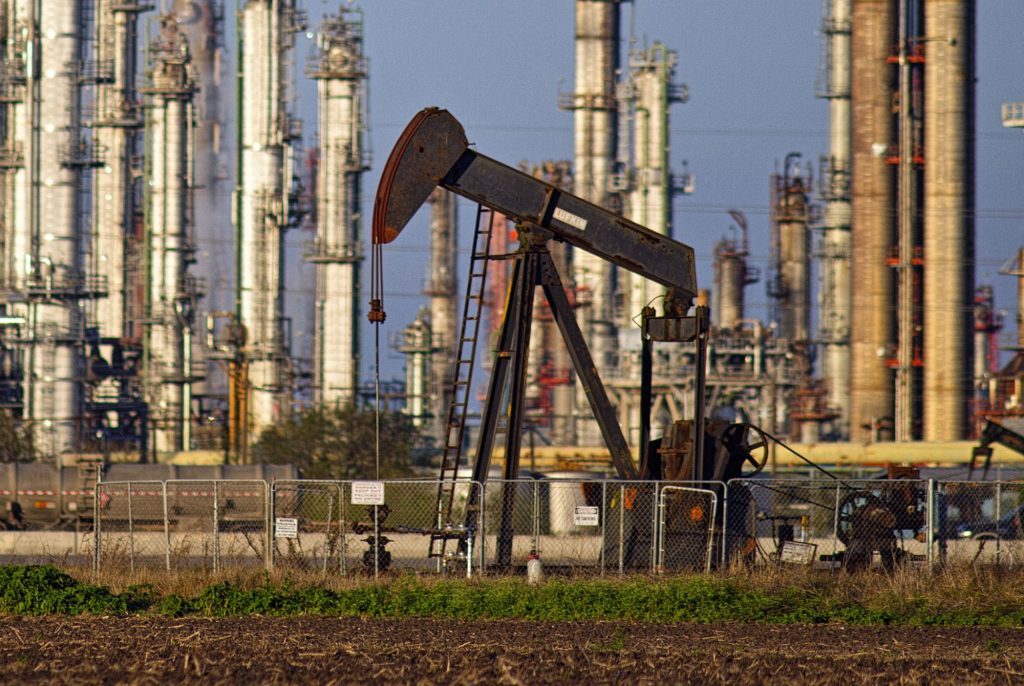
Oil traded near $50 a barrel in New York, close to a three-month high, as a further reduction in US drilling added to signs the global crude surplus is abating.
West Texas Intermediate futures were little changed after advancing 5.1 percent last week. Rigs targeting crude fell by seven to 749, according to data Friday from Baker Hughes. Drillers haven’t added any new machines during the past five weeks, capping in August the first monthly drop since May 2016. The third hurricane this month is tracking toward the Caribbean and strengthening along the way.
While oil has rebounded this month and pushed above $50 a barrel last week, prices have struggled to hold at those levels this year as rising US output stifles supply curbs led by members of the Organization of Petroleum Exporting Countries. However, insufficient new investment in production is stoking the risk of tighter supply, according to the International Energy Agency, which last week raised its 2017 demand-growth forecast.
“The US oil rig count, a key indicator for trader sentiment, exhibited a rather large weekly decline,” said analysts at consultants JBC Energy GmbH in Vienna. “At least in the short term, this dynamic should help protect the downside to crude prices. The more pressing question may be how much higher prices can climb before the gravitational forces of global supply and demand can start to form an upper limit.”
West Texas Intermediate for October delivery rose as much as 44 cents, or 0.9 percent, to $50.33 a barrel on the New York Mercantile Exchange, and traded for $49.91 at 10:43 a.m. London time. On Sept. 14, it reached $50.50, the highest since May 25. Total volume traded was about 26 percent below the 100-day average.
Brent for November settlement added 4 cents to $55.66 a barrel on the London-based ICE Futures Europe exchange. Prices rose 3.4 percent last week. The global benchmark crude traded at a premium of $5.15 to November WTI.
The US rig count shrank in all four of the nation’s biggest oil basins last week, with Texas’s Eagle Ford and Permian regions leading the decline, data from Baker Hughes showed. American crude output has averaged about 9.23 million barrels a day this year, according to government data.
Oil-market news:
The National Hurricane Center upgraded tropical storm Maria to a hurricane on Sunday as winds picked up to 85 miles per hour. Maria is 100 miles (160 kilometers) northeast of Barbados.
